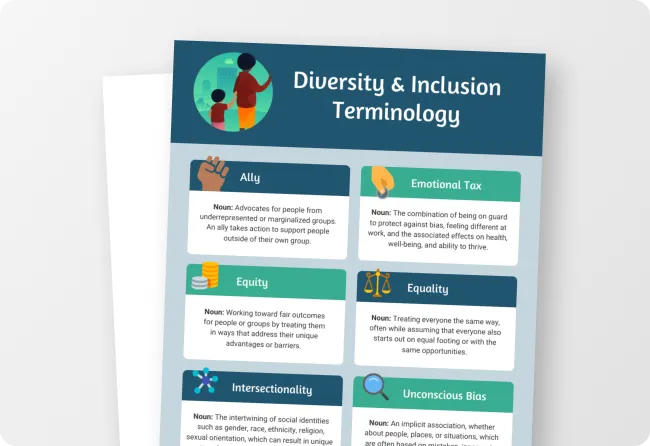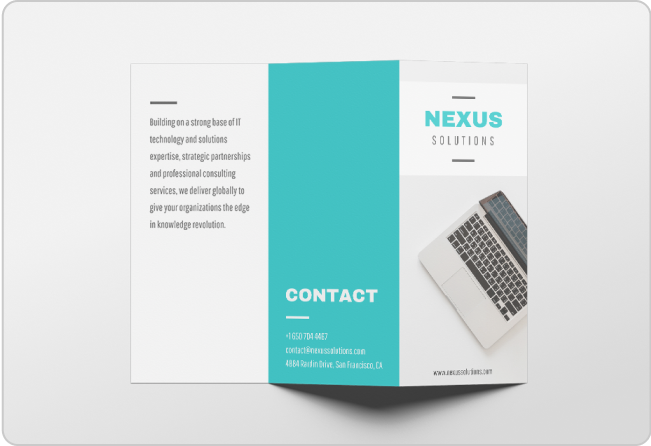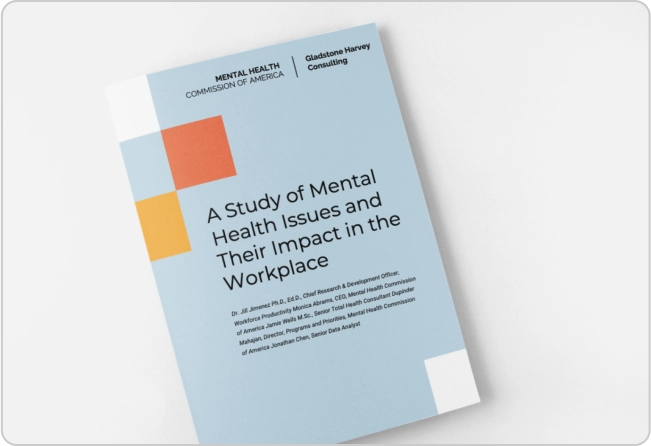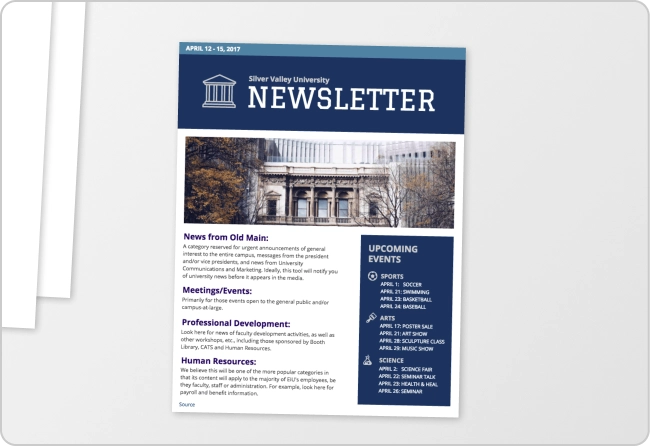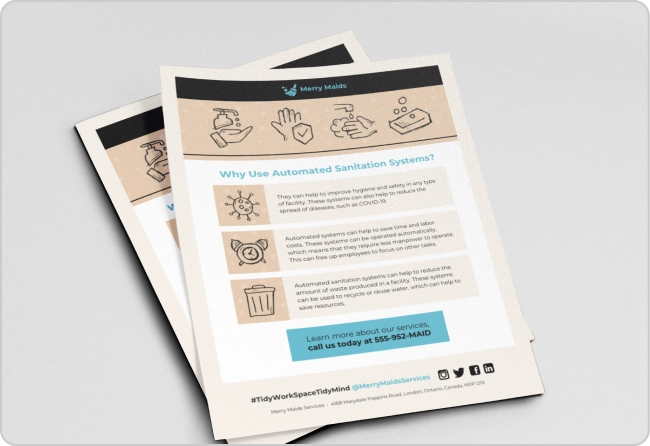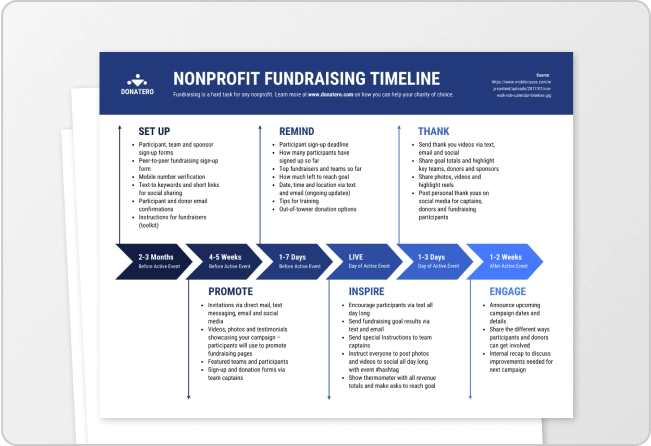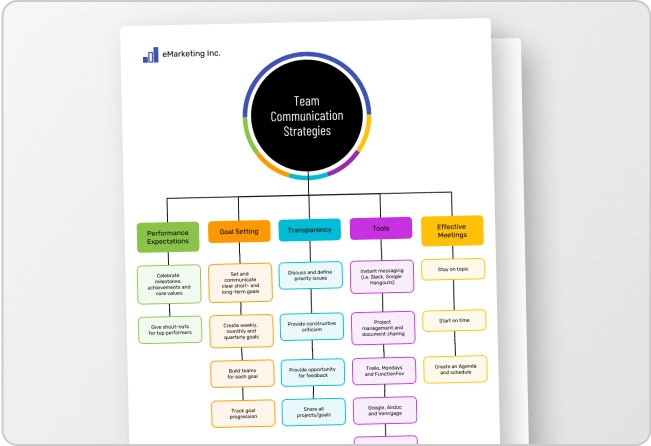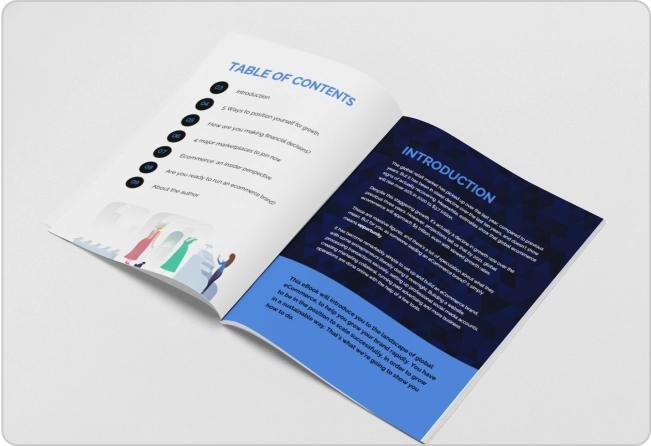One of the most difficult parts of creating an infographic isn’t creating the design. It’s summarizing your content and really identifying what the core message is that you want to visualize.
I often find myself looking at infographic examples for inspiration on style and layout, and the ones that stand out the most aren’t necessarily using evolutionary design elements. They aren’t interactive or littered with cool effects, but rather, they manage to successfully reveal the core message through the appropriate use of visual additions.
What do I mean by this?
Well, a great infographic should have one purpose, and that is to make complex information more engaging and more digestible. This doesn’t mean simply condensing long-form text and prettying it up with a cute color scheme and nice fonts – it means enhancing that information and complementing it with relevant imagery.
Infographic marketing is a great way to enhance your digital business card, but only if you make it right.
Granted, nice colors and fonts are important if you want your visuals to stand out, but it’s not the main goal of infographic marketing.
Today I’m going to cover two main problem areas:
- Summarizing your long-form text to find the message that matters
- Identifying how to visualize that message using verbal imagery
We’ll go over a couple of different examples, and hopefully, by the end of this article, you will have a better idea of what it means to make your information more engaging to a wider audience.
How to Summarize Text and Find the Core Message
Let’s start with an example. I’m going to assume that you’re all familiar with the story of Little Red Riding Hood.
If I were to ask you to tell me briefly, what a summary of this story is, you’d likely say something along the lines of, “Well it’s about a little girl who goes to visit her grandmother. She has to take a dangerous path through the woods and encounters a Big Bad Wolf who keeps trying to eat her…” etc. Right?
While giving this summary, you actually cut out a lot of details – some might even be considered very important. But the core of the story is still there.
Now, here is an excerpt from the introduction of the tale, and we’re going to trim the fat and only pull out the information that is most important for our readers:
Once upon a time, there was a little girl who lived in a village near the forest. Whenever she went out, the little girl wore a red riding cloak, so everyone in the village called her Little Red Riding Hood.
One morning, Little Red Riding Hood asked her mother if she could go to visit her grandmother as it had been a while since they’d seen each other.
“That’s a good idea,” her mother said. So they packed a nice basket for Little Red Riding Hood to take to her grandmother.
When the basket was ready, the little girl put on her red cloak and kissed her mother goodbye.
“Remember, go straight to Grandma’s house,” her mother cautioned. “Don’t dawdle along the way and please don’t talk to strangers! The woods are dangerous.”
“Don’t worry, mommy,” said Little Red Riding Hood, “I’ll be careful.”
Ok, so here’s the challenge- how do you condense this passage into just one sentence?
Let’s do this again, but now cut away some of the more “flowery language”.
Here is what we are left with:
- There was a little girl who lived in a village near the forest
- The little girl wore a red riding cloak, so everyone in the village called her Little Red Riding Hood
- One morning, Little Red Riding Hood asked her mother if she could go to visit her grandmother
- They packed a nice basket for Little Red Riding Hood to take to her grandmother
- “Remember, go straight to Grandma’s house,” her mother cautioned. “The woods are dangerous.”
- “Don’t worry, mommy,” said Little Red Riding Hood, “I’ll be careful.”
Now, if we were to paraphrase all of this into one or two sentences, what would we get?
Probably something along the lines of:
“Little Red Riding Hood was preparing for a trip through the dangerous woods to visit her grandmother and bring her a nice basket.”
Simple, right? All we did was:
- Trim the fat
- Paraphrase the main message
And we didn’t lose any of the context. The reader still walks away with the same information. Consider this exercise a way to recap your content.
Now, let’s assume we’ve done this for the entire story, and we’re planning on making an infographic that summarizes this story effectively for someone who has absolutely no context or prior knowledge of the fable.
How would we go about figuring out which visuals to use that would get the whole story across without requiring too much reading?
This is where verbal imagery comes in.
Using Verbal Imagery to Visualize Your Content
What is verbal imagery? In a nutshell, it’s the use of language that leaves you with a mental image. In other words, it’s descriptive language.
For instance, if I were to tell you to “step down,” the left “aural” side of your brain understands the words and the right “visual” side creates a mental picture of a person stepping down. This is an example of verbal imagery in action.
So our goal is to draw as many “verbal images” from the story of Little Red, as possible.
Take 20 seconds to quickly think of all the images that come to mind when you imagine the story of Little Red Riding Hood (just focus on that initial excerpt we looked at before). What do you get?
Here’s a list that I came up with:
- Red cloak
- Basket
- Kiss
- Grandma
- Dangerous woods
- House
You can see them already, can’t you? The red cloak, the basket in her hands, and the kiss that is planted on her cheek. These are visual cues that you can use to guide how you lay out the information on your infographic.
Here is the summary of the introduction that we put together again:
“Little Red Riding Hood was preparing for a trip through the dangerous woods to visit her grandmother and bring her a nice basket.”
From this, a key phrase that stands out is “preparing for a trip”. These few words give us a lot of visual ammunition. We can imagine bags or luggage being packed, shoes being put on, or waving goodbye to our loved ones- all actions that we ourselves take when preparing to leave for an extended period of time.
The truth is, identifying your core message and figuring out how to visualize it effectively is not a hard process. The first few times you attempt it, it might take you a bit longer to get the hang of things. Eventually, using verbal imagery will become second nature to you, and your infographics will be more engaging and more informative than ever!
Conclusion
When it comes to summarizing your information and presenting it to your audience in an easy-to-digest and engaging manner, remember that your goal is to only share the most important parts of your content with your audience.
Eliminate any flowery language that pulls away from the core message. Then use verbal imagery to help identify which visuals to incorporate in your infographics.




























